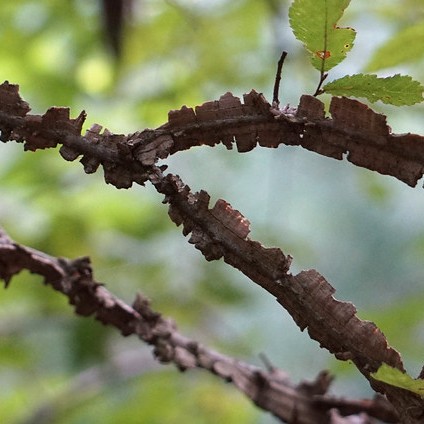
winged elm
Ulmus alata
Cycle:
Perennial
Watering:
Average
Hardiness Zone:
6 - 9
Flowers:
Flowers
Sun:
Full sun
Leaf:
Yes
Growth Rate:
Low
Maintenance:
Low
Drought Tolerant:
Yes
Thorny:
Yes
Care Level:
Moderate
watering
Winged elm should be watered thoroughly once or twice a week, depending on the season and individual plant's needs. However, they should only be watered when the top inch of soil feels dry. During the hottest summer months, they may need to be watered 3 or 4 times a week. Be sure to check for dryness before watering again. Water the base of the plant and not the leaves, and always water deeply, so the water reaches the roots.
sunlight
Winged elm plants need to receive plenty of sunlight throughout the day. They require at least 6 hours of full sun for optimal growth and will thrive best when they receive 8 to 10 hours of consistent sunlight each day. When it comes to the time of day for the sun to hit the plant, it is best if it receives direct sunlight during the middle of the day when the sun is the strongest. Early morning or late afternoon sunlight will work but will not be as beneficial to the plant.
pruning
Winged elm (Ulmus alata) should be pruned to shape and reduce potential storm damage. Pruning is best done when the tree is dormant in late winter or early spring before leaf development. This will help to reduce shock and stress on the tree. When pruning, the best amount to take off is no more than 1-third of the canopy at 1 time. Removing more can place undue stress on the tree and can cause it to die back or become diseased. Dead, diseased and broken branches should be removed, as well as suckers rising from the base of trunk. Smaller branches can be removed to reduce density, but only as they rub against each other or distort the crown of the tree.
